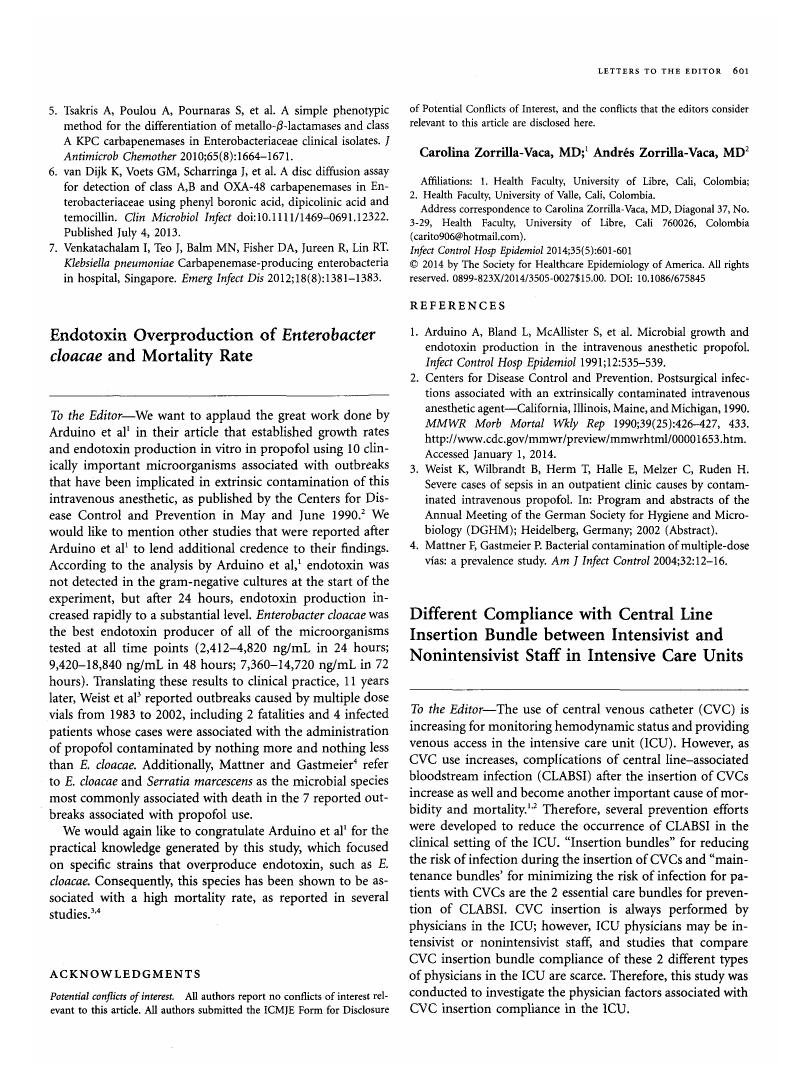Crossref Citations
This article has been cited by the following publications. This list is generated based on data provided by Crossref.
Zorrilla-Vaca, Andres
Grant, Michael C.
Mathur, Vineesh
Li, Jinlei
and
Wu, Christopher L.
2016.
The Impact of Neuraxial Versus General Anesthesia on the Incidence of Postoperative Surgical Site Infections Following Knee or Hip Arthroplasty.
Regional Anesthesia and Pain Medicine,
Vol. 41,
Issue. 5,
p.
555.





